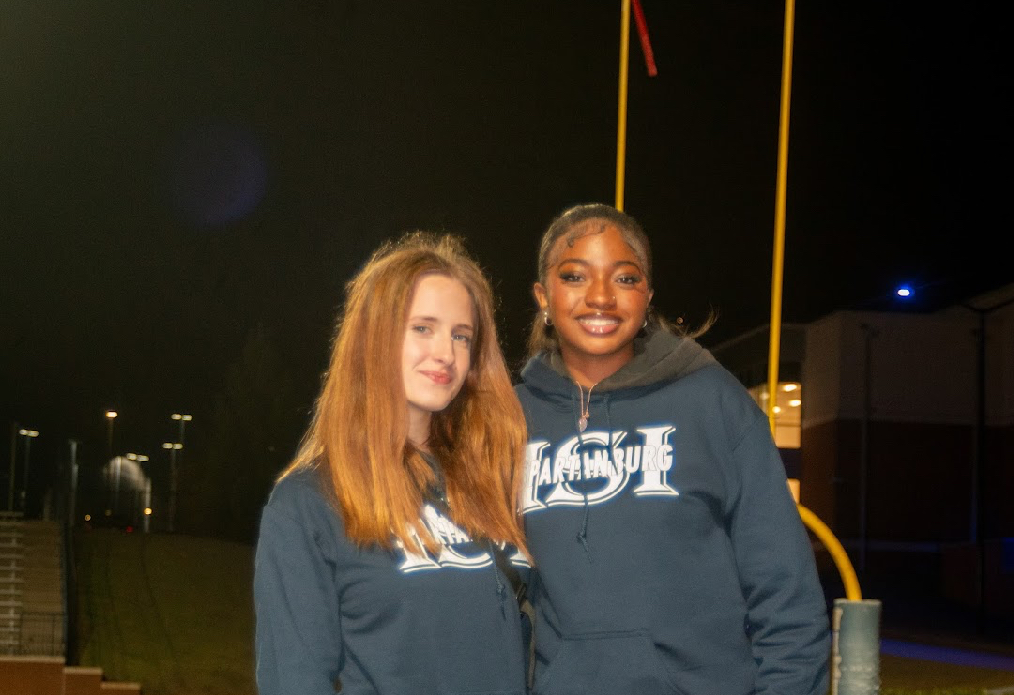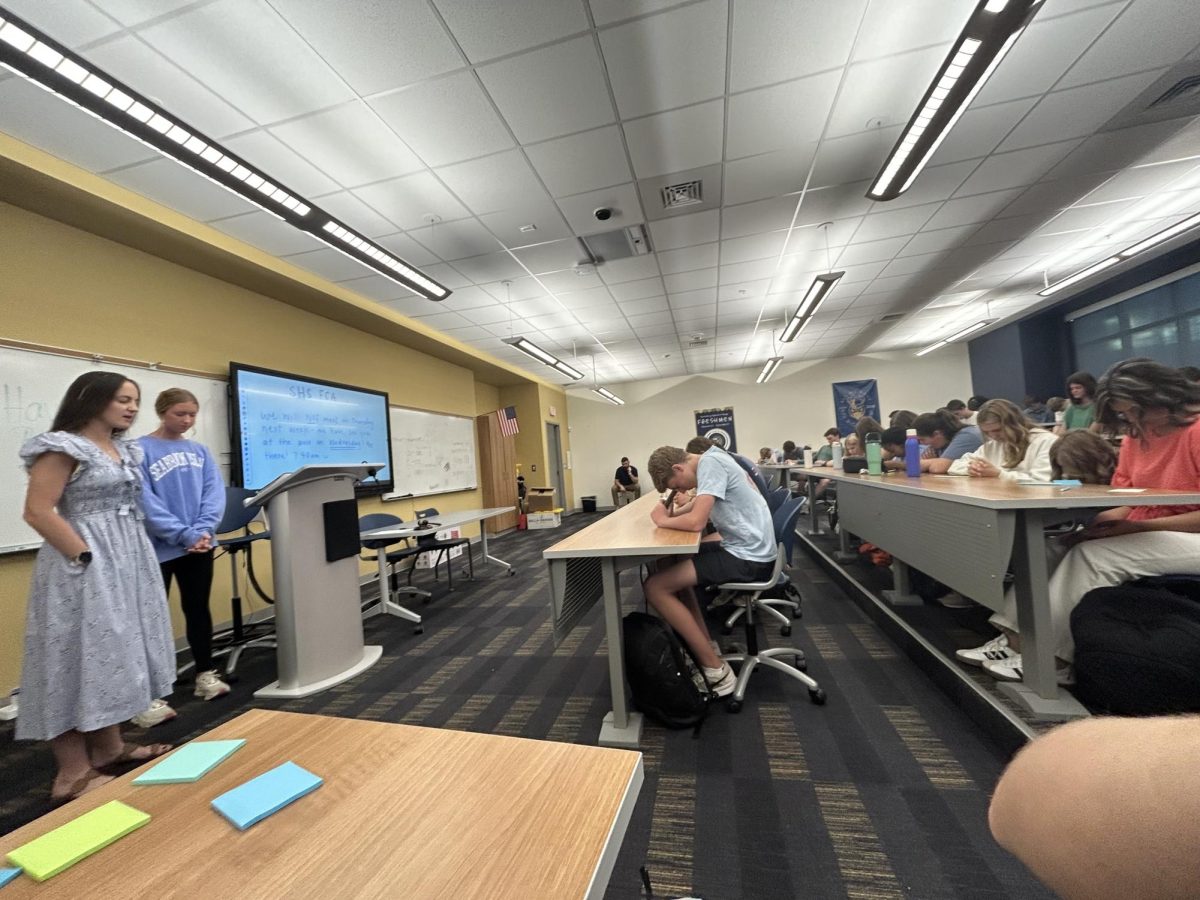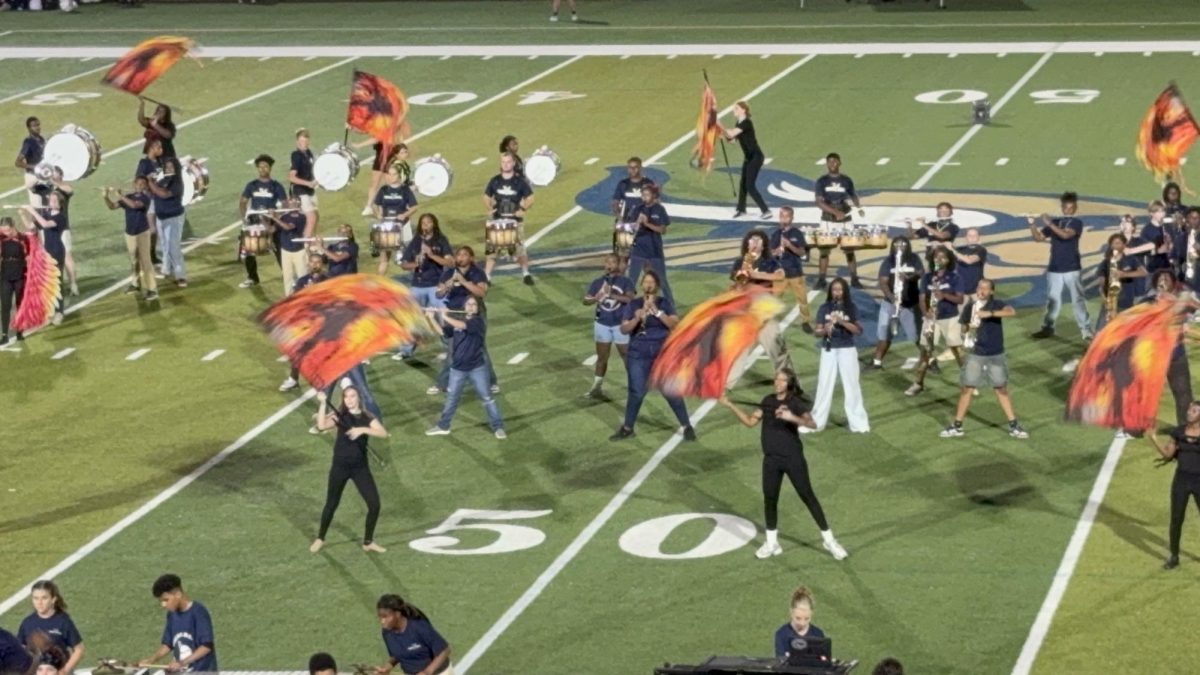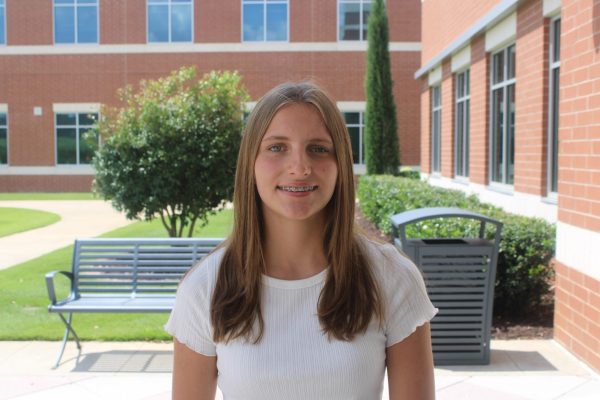At Spartanburg High and the Daniel Morgan Technology Center, student trainers often go unnoticed, yet they play a crucial role in the health program. These dedicated individuals go far beyond the outdated stereotype of “water boys” or “water girls,” putting in countless hours to support athletes. From taping ankles to assisting with rehabilitation, student trainers work diligently to ensure athletes are healthy and ready to compete.
Marlayna Rolison (10) is a student trainer and highlighted the level of commitment required for the role.
“We are so much more than just water girls. We spend so much of our time going to sports practices and games. We get to the training room early and leave late. We spend a lot of time in the summer in the training room helping with summer practices,” Rolison said.
This dedication demonstrates a passion for sports medicine and a desire to contribute to the athletic community. Student trainers are not only present during the school year but also commit their summers to training sessions, gaining valuable hands-on experience.
Jemora Haywood (12) is a student trainer who emphasized how much she has learned through her coursework.
“Taking the classes that were needed did help me with the science part. When taking health science classes, you learn about the body and all the pieces to the puzzle. I’d say with my experience, all my health courses taught me something new each time. You learn different techniques, ways to address the situation and how to properly assess an injury. Nothing goes unnoticed because they all help me out at the end of the day,” Haywood said.
The path to becoming a student trainer begins in the classroom. Many trainers take sports medicine and health science courses at Daniel Morgan which lay the foundation for their experience. These classes cover essential topics such as anatomy, injury prevention and rehabilitation techniques. Student trainers not only gain hands-on experience but also develop a deep understanding of the human body and how to manage sports-related injuries.
The responsibilities of a student trainer are diverse and demanding. They assist in setting up practices, managing equipment and, most importantly, providing immediate care to injured athletes. The skills student trainers develop prepare them for future careers in sports medicine while instilling a sense of responsibility and teamwork. Many trainers express a desire to continue their education in healthcare, supported by their experiences at Daniel Morgan.
As the spring sports season approaches, the role of student trainers becomes even more vital. Their presence at practices and games ensures that athletes are not only competing at their best but are also cared for in times of injury. In an environment where the spotlight often shines on athletes, student trainers remain the unsung heroes, dedicated to the health and success of their peers.
April Taylor, a trainer at Spartanburg High School, said being part of the Athletic Training Student Aides program can help those considering a career in sports medicine decide if it is the right path for them.
“Most student athletic trainers help with football, but there is an option to learn during all athletic seasons. Athletic Training Student Aide applications can be picked up in the athletic training room if you are interested,” Taylor said.









